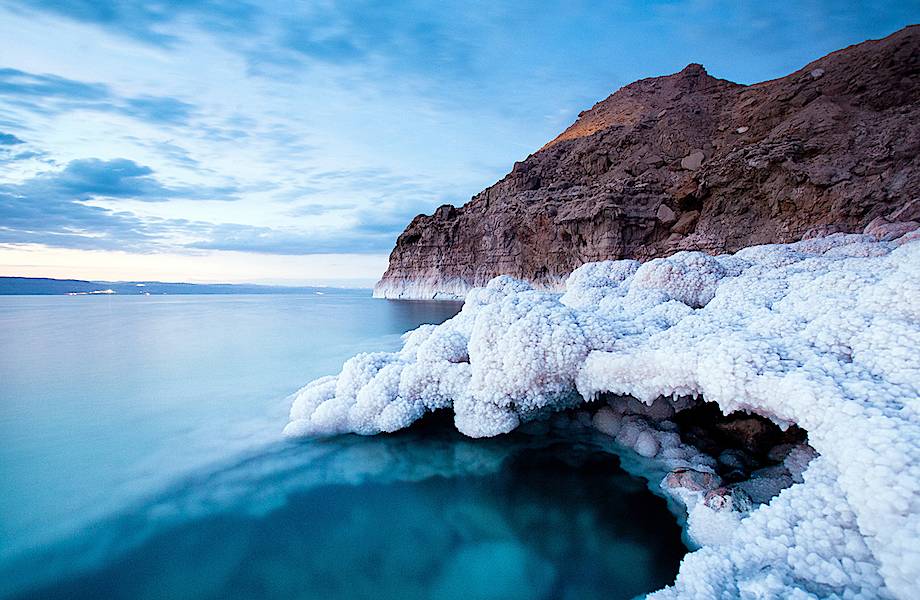
Salt in the oceans
…If all the salt from the oceans were extracted, every piece of land on Earth would be covered with a 150-meter layer of salt*. The oceans are salty because rivers carry minerals to the seas, which combine with various ions to form salts. Water evaporates from the surface of reservoirs, but salt does not decrease. Scientists who knew this mechanism have been surprised for centuries that the salinity of water does not increase. Only studies of the ocean depths in 1977, carried out using the Alvin bathyscaphe, revealed the presence of underwater holes. Scientists have found that they act like filters in a home aquarium. Ocean and sea water flows into the earth's crust, salts remain there, and it flows out, purified by hydrothermal vents. Of course, to clear all the waters on Earth, if new minerals do not come in, you need to wait about 10 million years.
The average salinity of the water is about 35? and ranges from: 34,5? near the equator, 38? in the tropics 30? in the circumpolar zone.
In 2011 he was launched into space Probe Aquarius. After 3 years of space exploration of the World Ocean, we will have to find out how salinity can affect the hydrological cycle, and hence the areas of occurrence and intensity of precipitation.
Scientists suspect that water salinity regulates the movement of water in the oceans and changes in its temperature. It affects the severity of El Niño or La Niña, climate anomalies in the Pacific Ocean that can lead to droughts, floods, cyclones and snowstorms along the coasts of America, as well as Asia and Australia. They even influence the weather in Central Europe. Unfortunately, there is also a theory that an increase in the amount of fresh water in the World Ocean due to the melting of glaciers will weaken the Gulf Stream, which warms Western Europe, which will lead to a severe cooling of the climate on the Old Continent. source ? * J. Dennis, 1996